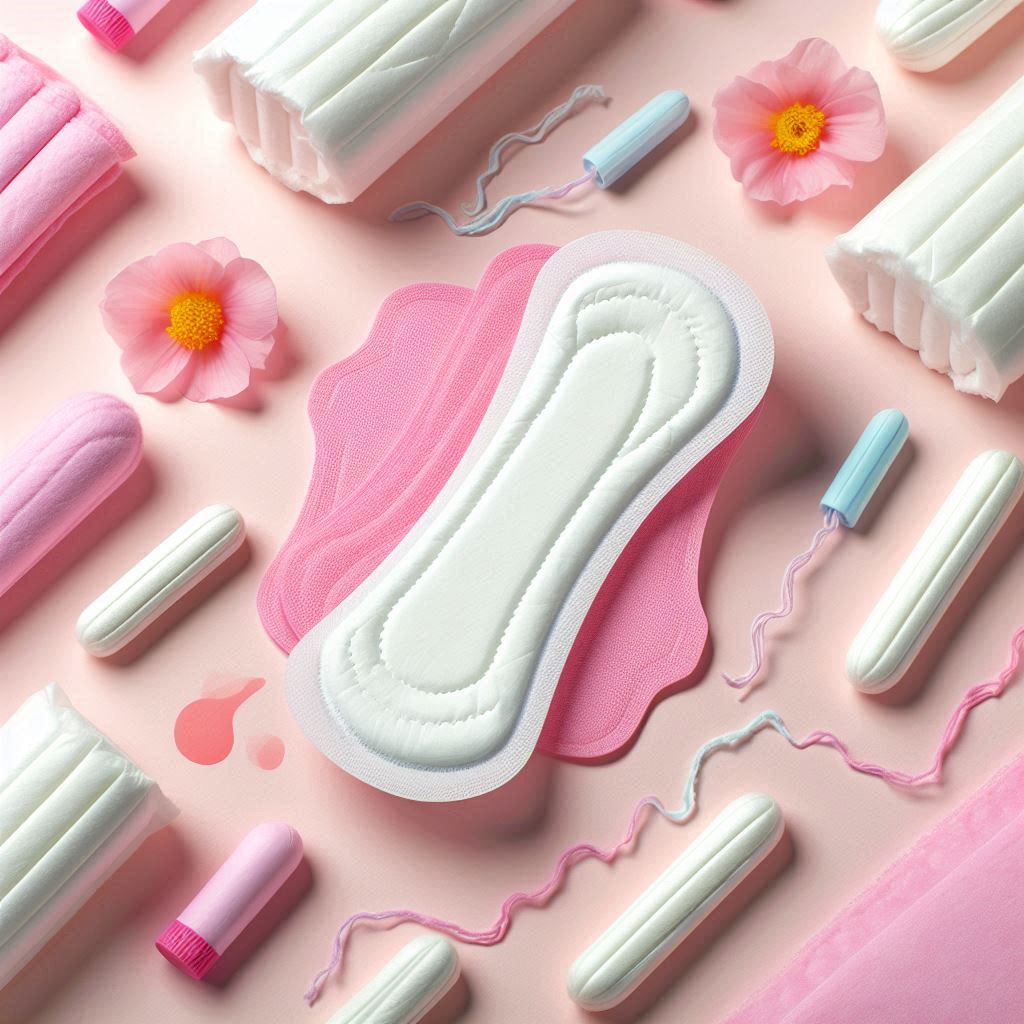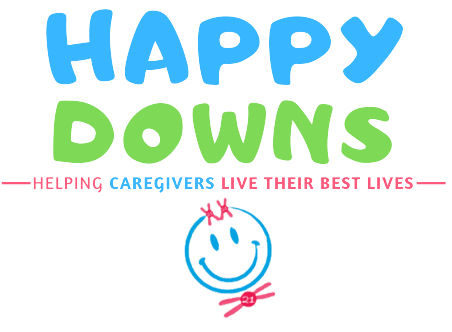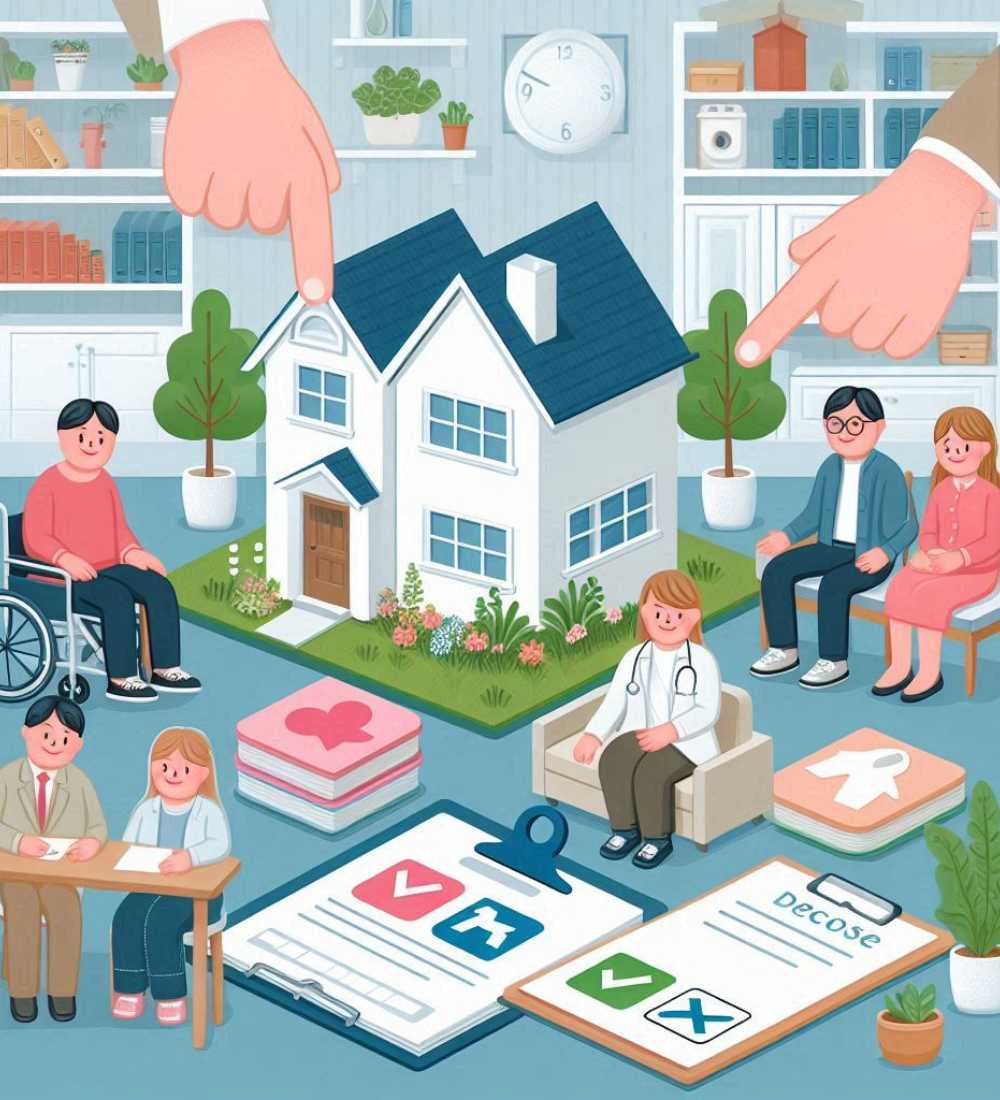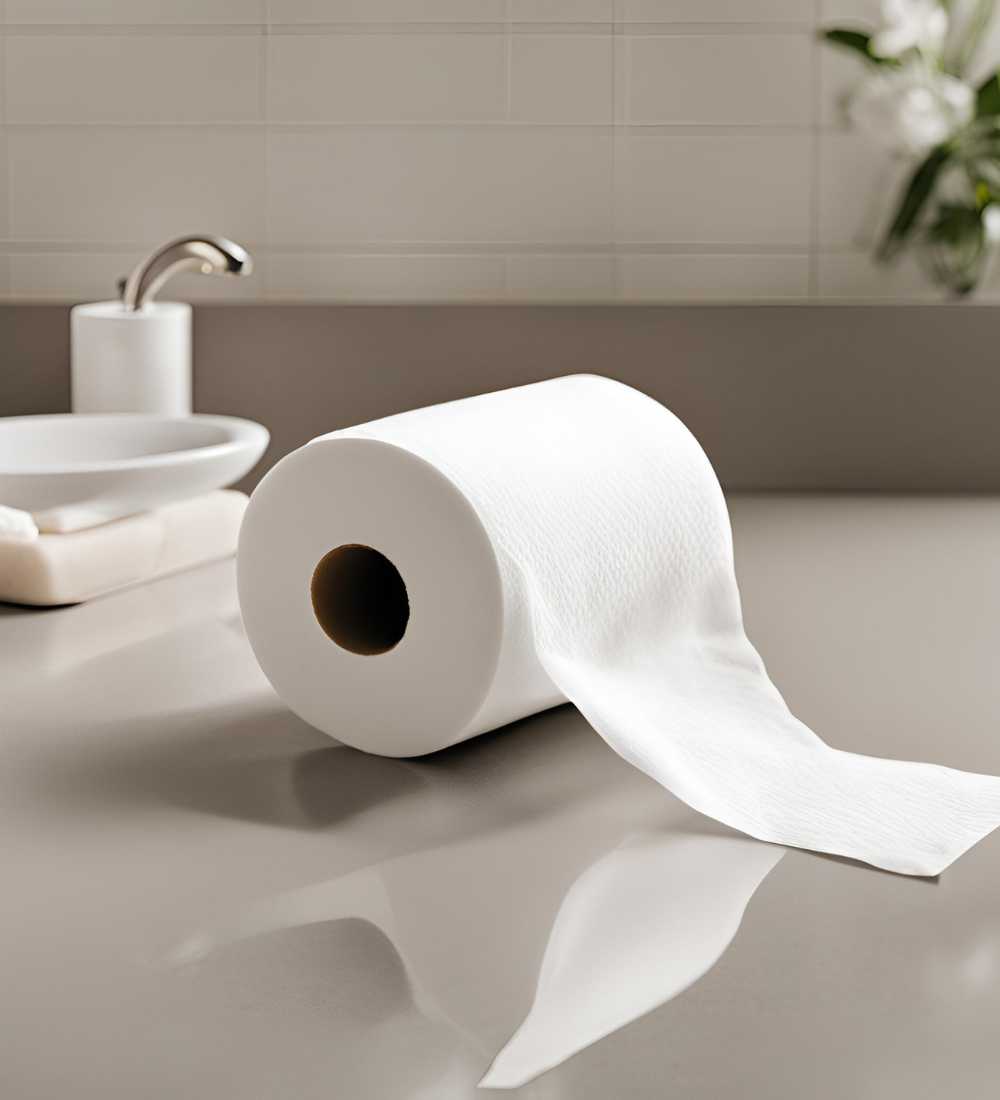Raising a loved one with Down Syndrome is a journey filled with unique joys and challenges. As they go through puberty, new experiences come along, including the exciting (and sometimes confusing!) world of menstruation.
Just like any teenager, girls with Down Syndrome will go through physical changes, and menstruation is one of them. Here’s the thing: good menstrual hygiene education is important for all girls, as understanding periods can empower them with confidence and independence, making those monthly cycles less of a challenge.
Maybe you haven’t gotten around to talking about this topic yet, and that’s totally okay! It’s never too late to learn and provide the support your loved one needs. This guide is here to be your friend, walking you through essential information about menstruation and offering practical tips to help your teenager or adult with Down Syndrome manage their period with confidence. Let’s navigate this together!
What is a Menstrual Cycle?

Our bodies are pretty amazing, and menstruation is a big part of that amazingness! It’s a natural process that happens every month to prepare your loved one’s body for pregnancy. Here’s a quick rundown:
- The Superpower Lining: Inside the uterus (like a cozy house for a future baby!), there’s a special lining that gets thicker and richer each month. Think of it like getting the guest room all prepped and ready!
- Eggcellent Release: Around the middle of the cycle, one of the ovaries releases an egg, like a tiny superhero waiting for its adventure. This is called ovulation, and it’s when pregnancy can happen.
- The Waiting Game: If the egg doesn’t meet up with a sperm (the other half of the pregnancy puzzle!), the lining doesn’t need to stay put anymore. It sheds along with some blood and leaves the body through the vagina (the opening below the uterus). This is what we call a period.
- And Repeat! Once the period is over, the whole process starts again, the body gearing up for another chance at pregnancy.
Remember, every girl’s cycle is different. It can take anywhere from 21 to 35 days for the whole thing to happen, and the bleeding itself might last for a few days to a week. Don’t worry if your loved one’s cycle doesn’t seem exactly like someone else’s – as long as it’s regular for her, that’s the most important thing!
Preparing for Periods
Every girl experiences puberty at her own pace, so there’s no single “right” time to talk about periods. However, the earlier you open a conversation, the more comfortable your loved one will feel when her first period arrives. Here are some tips depending on your loved one’s age:
Teenagers:
- Open Communication is Key: Puberty can be a confusing time, so clear communication is essential. Talk openly and honestly about menstruation, using language that’s comfortable for both of you.
- Visual Aids are Your Friend: Sometimes, pictures and diagrams can be easier to understand than just words. Use age-appropriate books, charts, or even period apps to explain the menstrual cycle and hygiene practices.
- Practice Makes Perfect: Role-playing changing pads or tampons (if your loved one chooses to use them) can help build confidence and familiarity.
Adults:
It’s possible that menstruation wasn’t discussed in detail earlier on in your loved one’s life. That’s okay! The important thing is to create a safe and supportive environment where they feel comfortable asking questions, no matter their age.
- Building Trust is Essential: Approach the conversation with love and understanding. Let your loved one know you’re there to support them in any way you can.
- Simple Language & Visuals Can Help: If explaining the menstrual cycle seems overwhelming, break it down into simpler steps. Use clear and concise language, and consider using visuals like pictures or diagrams if needed.
- Focus on Comfort and Confidence: The goal is to empower your loved one to manage their period with confidence. Let them know it’s a natural process and there’s nothing to be ashamed of.
Remember, patience is key. It may take some time for your loved one to fully understand and feel comfortable with menstruation. The most important thing is to be there for them every step of the way!
Menstrual Hygiene Practices

Now that we understand what’s happening inside, let’s talk about keeping things clean and comfortable during your loved one’s period. There are different products available to manage menstrual flow, and the best choice depends on personal preference and comfort level. Here’s a breakdown of the most common options:
Pads and Liners:
Pads and liners are absorbent cloths that stick to the underwear and collect menstrual fluid. They come in different sizes and absorbencies, so you can find the perfect fit for your loved one’s needs.
Here’s a step-by-step guide on using pads and liners:
- Wash hands thoroughly with soap and water.
- Open the pad or liner wrapper carefully.
- Peel off the adhesive strip on the back of the pad/liner.
- Place the sticky side of the pad or liner on the underwear, with the absorbent part facing upwards. Pads typically have wider coverage for heavier flow, while liners are thinner and better suited for lighter flow or spotting.
- Press the pad or liner firmly onto the underwear to make sure it’s secure.
- After use, roll up the used pad or liner and secure it with the wrapper or a piece of toilet paper. Dispose of it in a trash can (not the toilet!).
- Wash hands again with soap and water.
For Adults:
Menstrual cups and period underwear are alternative options that some adults with Down Syndrome might find comfortable and convenient, depending on their dexterity and preference:
- Menstrual Cups: These are flexible silicone cups that are inserted into the vagina to collect menstrual fluid. They can be reused for several cycles, making them a more eco-friendly option. However, inserting and removing a menstrual cup might require some practice and dexterity.
- Period Underwear: These are specially designed underwear with built-in absorbent layers to collect menstrual fluid. They come in various absorbencies and styles, offering a comfortable and leakproof option.
Changing Products Regularly:
No matter which product your loved one uses, it’s important to change it regularly to maintain hygiene and comfort. Pads and liners should be changed every few hours, or more often during heavier flow days. Menstrual cups should be emptied and rinsed every 4-12 hours, depending on the amount of flow. Period underwear can be worn for several hours, depending on the absorbency and flow.
Personal Hygiene During Menstruation:
Showering or bathing regularly is important for overall hygiene during menstruation. However, some individuals with Down Syndrome might have difficulty with showering independently. Here are some tips to make it easier:
- Break down showering into smaller steps and provide visual aids if needed.
- Use a shower chair or bench for added safety.
- Offer assistance with washing the genital area using warm water and gentle unscented soap. Avoid using douches or harsh soaps, as they can disrupt the natural balance of the vagina.
Diagrams and visuals can be very helpful for all ages when explaining how to use menstrual hygiene products and maintaining good personal hygiene during menstruation. There are many resources available online and in libraries that can provide clear and easy-to-understand diagrams.
Remember, the goal is to empower your loved one to manage their period independently and with confidence. By providing clear instructions, offering support, and celebrating their achievements, you can help them navigate this natural part of life smoothly.






